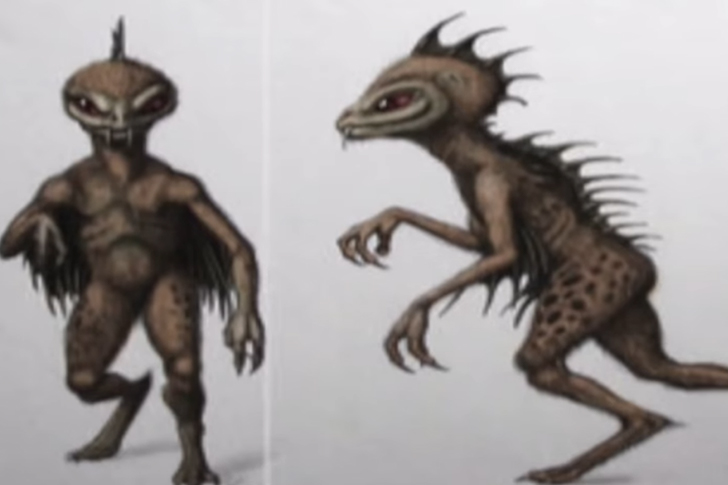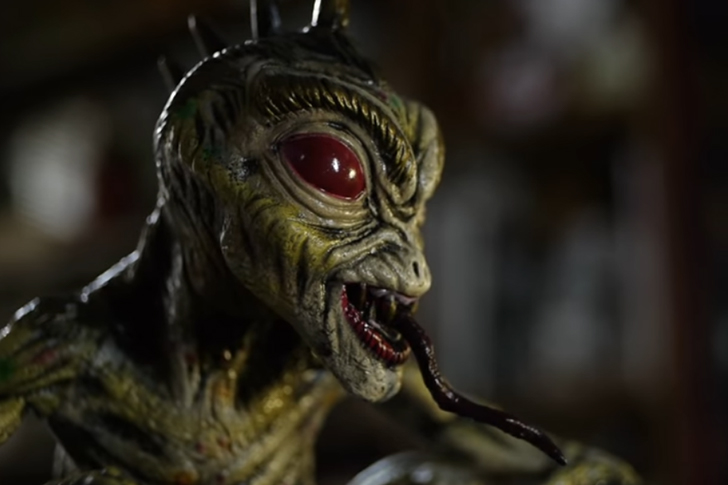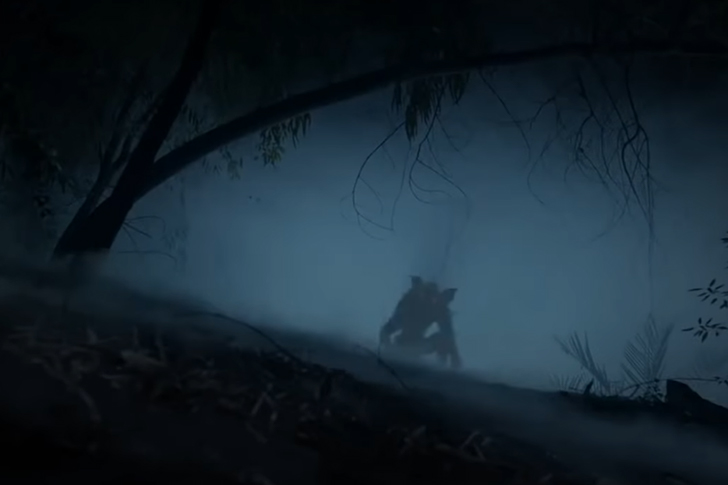There have been a lot of sightings and stories about the chupacabra in Mexico, and it’s infamous in Latin America, a cryptid thought to drain the blood of animals through small bite wounds, which according to the experts at the time, were not from typical bites of dogs, monkeys, or any other known carnivore from the region. The creature has made a notable impact in Puerto Rico in the past decades—it might help if a home security system is installed.
The Chupacabra was reportedly first sighted in the middle of the 1990s, and it made headlines across the world when livestock mysteriously died. Over the years, more than 200 sightings of the cryptid were reported in 1995. All of a sudden, sightings the cryptid stopped, leaving behind trails of questions.

Chupacabra Origins in Puerto Rico
In Spanish, Chupacabra translates to “goat sucker”—chupar means “to suck,” and cabra means “goat”—which is the reference to how the creature allegedly attacks its prey.
In February 1975, the phenomenon of Chupacabra had been associated with the “Vampiro de Moca” (Vampire of Moca) when a Puerto Rican legend tells of dead animals, in the Rocha Barrio suburbs of Moca, that were found with puncture wounds—a pig, two geese, three goats, and fifteen cows. Later, autopsies revealed that the blood was drained from the bodies of the animals to a certain degree of dryness.
The occurrence made headlines, and the police blamed the incidents on stray dogs. However, when a cow was found dead with similar bite marks on its skull, a newspaper called the phenomenon “El Vampiro de Moca” (The Vampire of Moca).
Attacks that Made the Chupacabra Infamous
Between 1992 and 1995, a sequence of alleged Chupacabra attacks happened that left eight sheep carcasses with their blood sucked out dry through puncture wounds on their chests. At the time of the attacks, video producer Joe Palermo and paranormal researcher Mark Davenport were in Puerto Rico filming a documentary. Both credit the incidents as a continuous daily occurrence. In the months that followed, over 150 animals were killed in the same fashion.
Local veterinarians concluded that the cause was due to the puncture wounds below the right side of the neck, with a diameter of 7.62 centimeters and 10.16 centimeters in length.
In the following year of the incident, the Spanish talk show Christina aired the story about the Chupacabra. Many alleged sightings of the cryptid across the United States and Latin America immediately followed after the episode.

What Does It Look Like?
Up to this day, there are no known images or videos about the Chupacabra. Supposed photos turned out to be nothing more than disease-ridden bodies of coyotes. However, varying descriptions of its appearance were described by several “eyewitnesses.” In Puerto Rico, the Chupacabra was described as an ape-like creature or a “vicious monkey” that can run upright on both legs.
With the recent sightings’ description, it’s more in line with a reptile-like or alien creature with a degree of gray oval head and lizard-like skin that stands about three to four feet. Some people described it as something that resembles a kangaroo with fangs and large red eyes.

Bizzare Theories about the Chupacabra
Some of the outlandish claims suggest that the Chupacabra is part of a classified government experiment in the El Yunque National rainforest in Puerto Rico, while others proposed that it was an alien pet or modified vampire brought by aliens to Earth. Skeptics contended that it was nothing more than a coyote or wild animal attack.
Also, a biologist named Barry O’Connor from the University of Michigan credits the events as caused by coyotes with severe cases of scabies or itch mite. The animals lose hair when mites burrow deep into the skin, causing it to thicken.
Over-Active Imaginations or Paranormal Activities?
Even with continued supposed sightings of the Chupacabra, its mystery has become diluted as time passed by. With little evidence, it’s difficult to surmise the existence of this creature, even though there were many articles, documentaries, movies, television programs, and books written about the creature.
One can only wonder how much of it was paranormal and how much it was out of human imagination.

